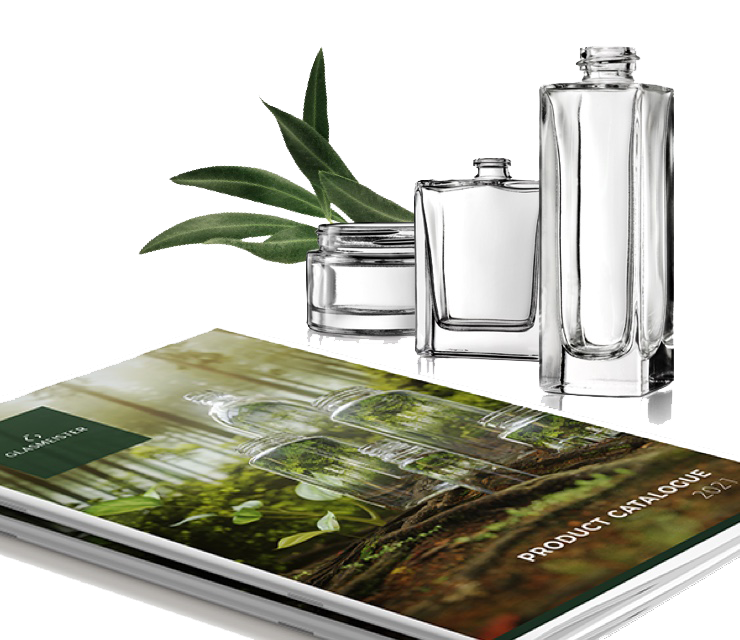The cosmetic bottle design industry continues to evolve with new trends and innovations. Packaging suppliers like the one at Calaso have transferred these trends to their production lines. One of the most exciting developments is the use of sustainable materials and eco-friendly designs, such as biodegradable plastics and recycled glass. Another trend is the increasing use of minimalism in bottle design, with simpler shapes, clean lines, and neutral colours. Additionally, there is a rise in custom designs and unique shapes to help brands stand out. As for Cosmetic bottles, the trend is towards more functional and user-friendly designs, such as pump dispensers and airless packaging. Furthermore, the trend points towards more personalised and interactive methods, like QR codes and augmented reality labels. Some mobile applications allow people to discover more information about a product using their cell phone camera.

Collaborations with artists and influencers for unique designs
In recent years, many cosmetic companies have collaborated with artists and influencers to create unique designs for their packaging. These collaborations allow brands to tap into the creativity of these individuals and create packaging that stands out on store shelves. For example, MAC Cosmetics collaborated with artist Julie Verhoeven to create a limited-edition line of packaging featuring Verhoeven’s whimsical illustrations. The collaboration resulted in packaging that was both playful and sophisticated. Similarly, skincare brand Kiehl’s collaborated with artist Jeremyville to create limited edition packaging that featured his iconic cartoon characters. These collaborations not only create visually stunning packaging but also help to connect with consumers on a deeper level. In many cases, the beauty industry benefits from the communities of these influencers to publicise new products and reach a more significant number of potential customers in the shortest possible time.
Packaging with cultural influences and references
Many brands are incorporating cultural heritage elements into their packaging to appeal to diverse audiences and celebrate the rich history of different communities. For example, Fenty Beauty by Rihanna launched a limited-edition collection for Lunar New Year, featuring special red and gold packaging with traditional Chinese motifs. Similarly, Huda Beauty’s packaging and product names often reference Arabic culture, such as their Desert Dusk Eyeshadow Palette and their Kahlana Liquid Lipstick. These designs celebrate cultural heritage and create a sense of inclusivity for consumers from different backgrounds. Additionally, using cultural references in packaging can help brands stand out in the crowded beauty market and appeal to consumers looking for products that reflect their values and beliefs. Nowadays, it is not enough to have a good quality product.